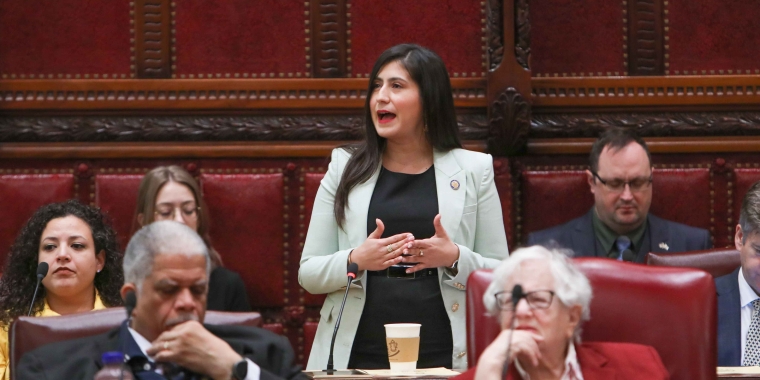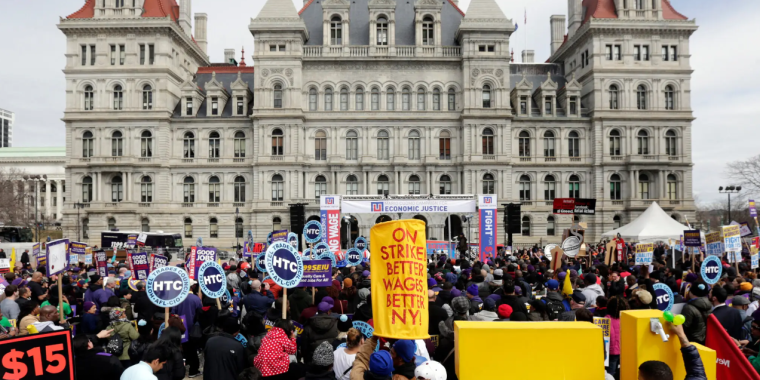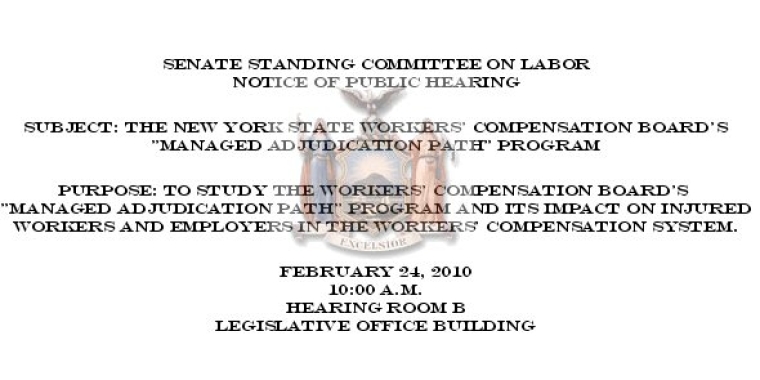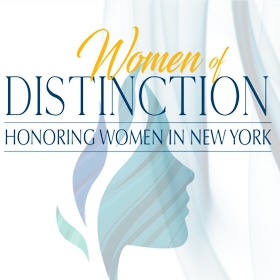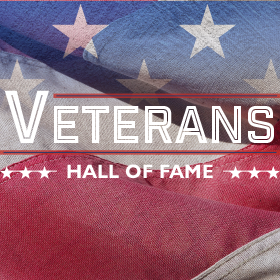04 Mar 2021
Joint Public Hearing: To hear about the difficulties of taxi drivers and livery drivers across New York State
SUNY SullivanVirtual Public Hearing 112 College Road, Loch Sheldrake, NY, 12759
02:00 PM to 08:00 PM Archived Video
Joint – Senate Standing Committee on Labor
Chair: Senator Jessica Ramos
and Senate Standing Committee on Transportation
Chair: Senator Timothy M. Kennedy
and Senate Standing Committee on Corporations, Authorities, and Commissions
Chair: Senator Leroy Comrie
Public Hearing: To hear about the difficulties of taxi drivers and livery drivers across New York State
Place: Online: https://www.nysenate.gov/events
Time: 2:00 p.m.-8:00 p.m
Contact: Esther Rosario, (224) 760-6474
Media Contact: Senate Majority Press Office (518) 455-2415;
ORAL TESTIMONY BY INVITATION ONLY
Subject: The Difficulties of taxi, black car, ridesharing, and livery Drivers across New York State
Purpose: To investigate the transforming taxi industry and the struggles that drivers, lenders and industry leaders are facing.
The New York State taxi industry is at a crossroads for its survival. Drivers face compounding issues of taxi medallion owner debt and a nosedive in their value, while ride sharing services who treat drivers as independent contractors are expanding rapidly. Additionally, the Covid-19 pandemic has presented drivers with health and safety concerns, and decreased profit margins.
In 2013, New York City taxi medallions were selling for as high as $1.3 million at auction. A year later, the speculative bubble around taxi medallions burst. Today, these same taxi medallions are being auctioned and valued for as low as $70k, leaving drivers hundreds of thousands of dollars in debt, bankrupt, and with all their savings gone. New York Times reporting discovered that the city of New York promoted and helped auction these medallions at inflated prices. At the same time, drivers have reported lenders providing them with risky loans while being encouraged to refinance those loans, without fully understanding terms of the loans. All of this took place under the watch of federal, state and city banking and industry regulators who failed to act or acted too late. Questions remain as to what the state could have done and could do to make sure that another bubble is not created.
Additionally, the explosion of ride-sharing services like Uber and Lyft has further dominated the industry and challenged livery and cab drivers' old business model. Ride share drivers now make up over 80,000 drivers in New York City alone. These companies classify their workforce as independent contractors, arguing that workers benefit from scheduling flexibility and workplace freedom. Contrastingly, advocates argue these companies have misclassified their workers and left workers without basic labor rights. Recently, the New York State Appellate court ruled in Vega v. Postmates that drivers should be classified as employees in terms of their eligibility for unemployment insurance. Concerns still remain as to whether drivers should receive employee status and how these companies should interact with old business models across the state.
The Postmates decision mandating all ride sharing companies contribute to the unemployment system comes as COVID-19 ravages the health and economy of communities. Throughout the pandemic the federal government has provided taxi drivers with unemployment benefits- without companies contributing tax dollars- through the Pandemic Unemployment Assistance (PUA) program. Medallion driver revenue is down 81% from last year according to city data. Also while drivers are public facing essential workers, at risk of contracting COVID19, they have been left off the early rollout of approved vaccination list. Questions remain as to the best way to provide for the health and economic well being of drivers.
The Committees seek to receive input from stakeholders across the State related to the handling of the NYC taxi medallion driver debt crisis, the growing need to regulate ridesharing companies labor policy and market absorbition, and driver safety requirements and standards including access to vaccinations.
